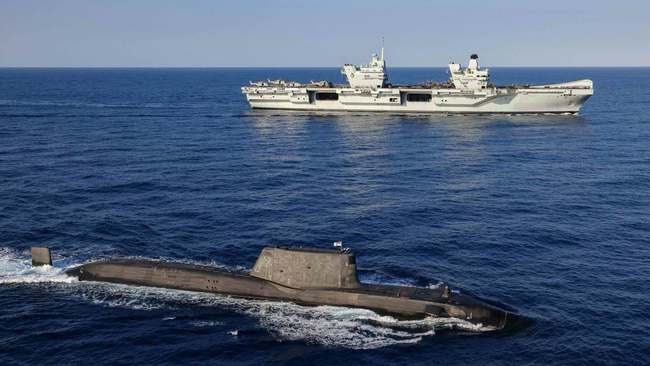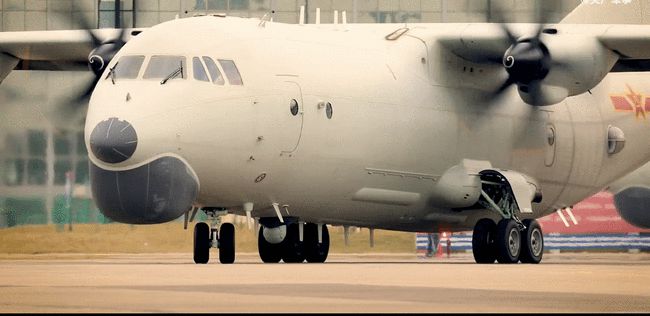The Navy of the Southern Theater Command organized Y-8 anti submarine patrol aircraft to conduct actual deep drop missile training
Southern Theater Command Navy OrganizationY-8 anti submarine patrol aircraftConduct actual deep projectile training
According to CCTV, on July 29th, a naval aviation regiment of the Southern Theater Command organized a Y-8 anti submarine patrol aircraft to conduct live fire deep shell training in a certain sea area of the South China Sea, testing the actual weapon level of the aircraft.
According to reports, the Y-8 anti submarine patrol aircraft immediately lowered its flight altitude and began cleaning the sea area after arriving over the target shooting range. The mission crew closely monitored the activity of surface targets. After completing the sea sweeping, the pilot immediately adjusted the aircraft's flight attitude, prepared to drop bombs, and entered the attack route. The task crew members were highly focused, seized the fighter jet, successfully aimed at the target, and dropped multiple self guided depth charges. Subsequently, the fighter jet launched continuous deep shell attacks on the target over the shooting range, completely destroying the underwater "target". This training has honed the physical and mental qualities as well as the technical and tactical level of the officers and soldiers, and is an important step towards practical training.

The Y-8 anti submarine patrol aircraft is also equipped with a large electro-optical turret at the belly position, which integrates optical sensors such as infrared thermal imager, visible light camera system, and laser rangefinder to assist search radar in detecting sea surface targets.
For submarine targets hidden in the deep sea, the Y-8 anti submarine aircraft also has the ability to monitor them. A 7-meter-long magnetic anomaly detector is installed at the tail of the aircraft, which is currently the largest and most powerful airborne detector. It can accurately locate weak magnetic anomaly signals underwater, and no matter how quiet the submarine is, it cannot escape the "eye" of the Y-8 anti submarine aircraft magnetic anomaly detector.

The Y-8 anti submarine patrol aircraft adopts the Y-8 Class III platform (Y-9) as the carrier platform, with a maximum takeoff weight of 61 tons, capable of carrying more than 5 tons of detection equipment and weapons. It has a full fuel range of nearly 5000 kilometers, a cruising altitude of 8000 meters, a cruising speed of 660 kilometers per hour, and a hovering time of up to 12 hours. It can conduct a net like search and attack on underwater submarines within the second island chain and effectively cover the entire South China Sea.
The Y-8 anti submarine patrol aircraft is equipped with various detection devices such as search radar, electro-optical turret, anomaly detection, sonar buoy, etc. It can search for underwater submarine targets through various means such as radar waves, infrared, visible light, magnetic induction, and acoustic induction. A large domestically produced new type of submarine search radar is installed under the nose of the Y-8 anti submarine aircraft. This type of radar can conduct a 360 ° all-round search of the sea, accurately capture the periscope of the submarine protruding from the water surface in high sea conditions, and can timely distinguish the type and country information of the submarine through its built-in database. It is reported that this type of search radar has a detection range of over 50 kilometers for submarine periscopes and over 200 kilometers for surface vessels.
At present, like the KJ-500 early warning aircraft, the Y-8 anti submarine aircraft has been put into service in batches in the Navy Aviation Corps, becoming the backbone of China's navy's deep-sea anti submarine capabilities. It can effectively deal with nuclear submarines of various countries, and it is not a problem to deal with "agile" class nuclear submarines.